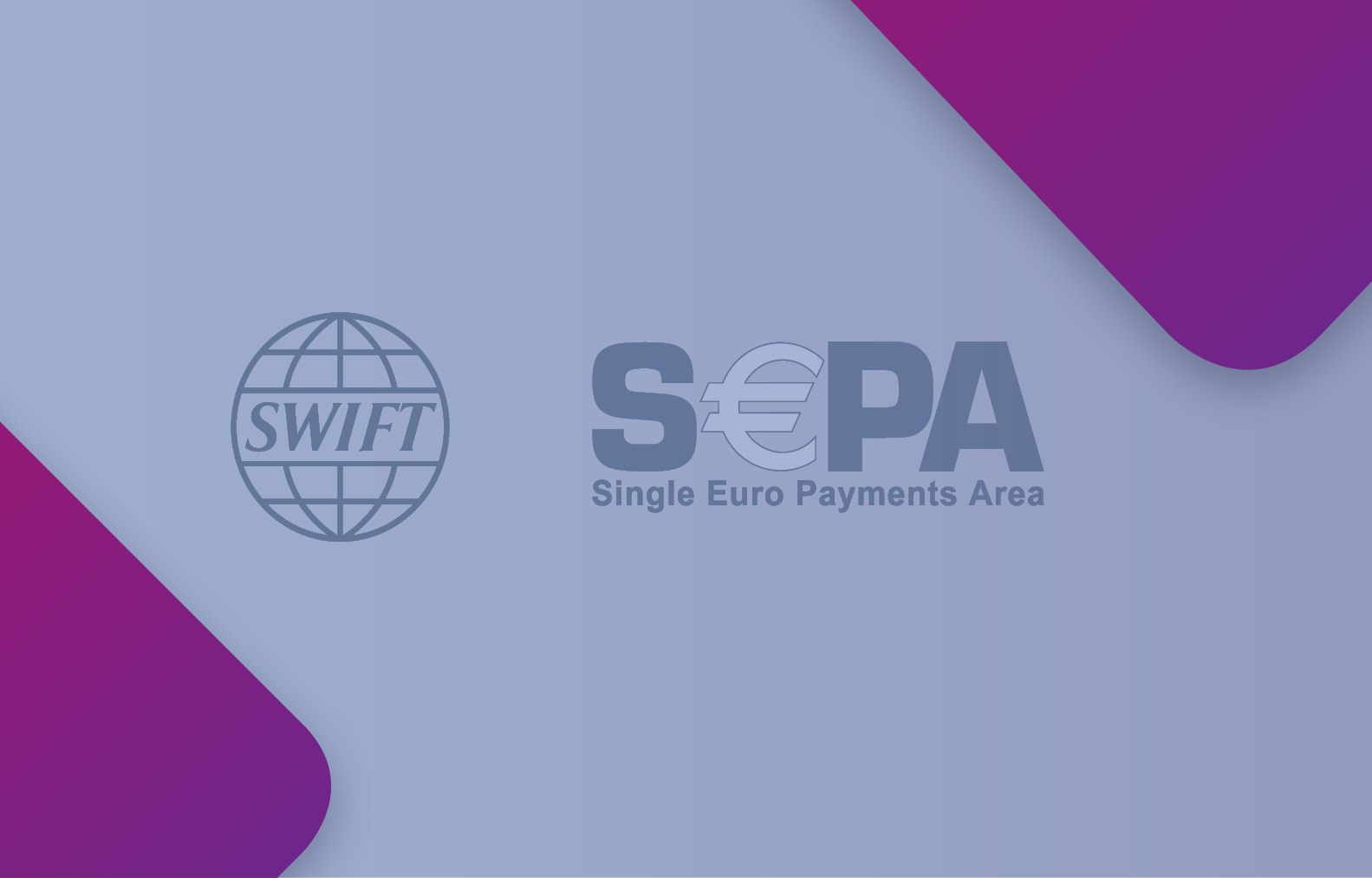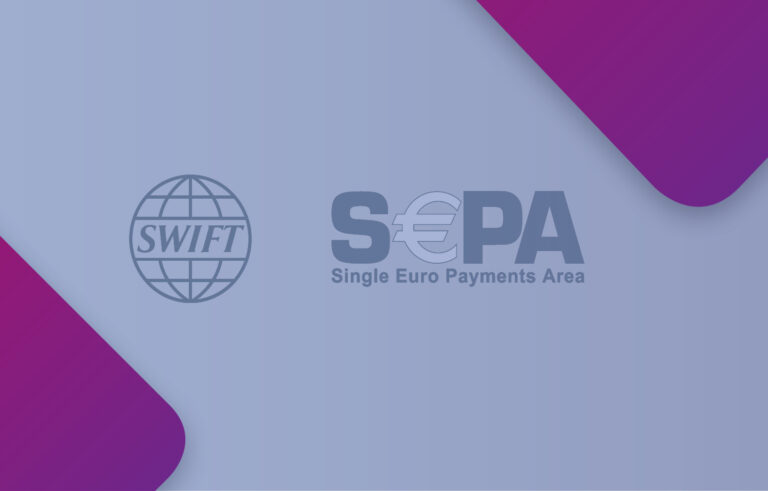
Currently, the most widespread systems of international payment in the world are SEPA and SWIFT.
The main difference between the two is the following: SEPA (or Single Euro Payment Area) provides payments in Euros with no restriction on the amount and within the Eurozone, where the recipient’s account number is required to be in the IBAN format. SEPA payments are carried out among the 28 EU countries, plus Norway, Iceland, Switzerland and Liechtenstein, which are members of the Schengen Area. In turn, SWIFT (Society for Worldwide Interbank Financial Telecommunications) is a global system, which is currently used in more than 210 countries and by about 11,000 banks.
Unified Europe – unified financial operations
In truth, for ordinary users, such as entrepreneurs, if payments are made in euros and within Europe, there is not much difference which system to work with – SEPA or SWIFT. However, there are certain nuances. For example, the SWIFT system, though set up under Belgian law, has been controlled by the U.S. State Department since 2011, which monitors all payments. But the SEPA system is strictly intra-European, and the monitoring of payments is carried out by European structures, for example, tax agencies.
Let’s discuss all this in more detail. The SEPA system began operating in 2008 and, within a couple of years, virtually all the banks in the EU and the Schengen Area started actively using it. The implementation of SEPA was coordinated by the European Payment Council. At that time there were different payment systems in the Eurozone countries, with their own standards and tools, which often complicated the process of payments in euros. When SEPA was introduced, the differences between payments in euros, both domestic and international, were completely eliminated within the unified system.
In the process of making payments in SEPA, as a rule, a single set of financial instruments, standards and procedures is used by large organizations. A huge advantage of SEPA: when a payment is made between European organizations in this single system, banks are required to credit the full amount of money to the recipient’s account without additional fees. In addition, payments are made quickly: less than one business day after the document is processed. Banks operating in the SEPA system make international payments in Europe between individuals and enterprises in the same way as domestic payments.
Innovative project for the protection of consumers’ rights
Initially, the European Payment Council pointed out that SEPA is an innovative project; it includes various regulatory structures, payment services’ providers, banks, and, of course, consumers. From a juridical point of view, SEPA is a set of uniform rules and standards adopted by the aforementioned European Payment Council. The project initially indicated three main points: SEPA credit transfer, SEPA direct debit, and finally, SEPA’s own payment cards.
It is also important that members of the SEPA system are obliged to “strengthen the rights of consumers” – as it was initially indicated in the directive of the European Payment Council. Payment operations have become more secure, and it has become easier and faster for SEPA participants to challenge any unforeseen cases of money transfers than for others in the international financial field.
It is also worth mentioning some local SEPA analogues for local currencies. For example, in England, even before all the talk of leaving the EU began, there had been a homegrown system oriented to British pounds – the Faster Payments Service (FPS). The creation of this system was initiated by the British Bankers’ Association. It is purely internal and meant for clients of a network of British banks in order to reduce payment processing time between customers’ accounts. For example, payments of up to 250,000 pounds are usually carried out within one day – within three at maximum. For the transfer of money within the FPS system, banks do not charge any fees from their customers if transactions are carried out in pounds.
There are also other internal payment systems throughout the world, for example, in China. China UnionPay represents China’s largest payment systems on the global market. But most importantly, the People’s Bank of China (central bank of the PRC) has launched an analogue of SWIFT – the international payment system CIPS (Chinese International Payment System), which helps reduce transaction costs in yuans, as well as payment processing time.
But let’s go back to SEPA and SWIFT now. If we are discussing international financial operations, it is important to understand that the SEPA system, created at the initiative of EU lawmakers, exists only within Europe, and not globally. But the SWIFT system works worldwide.
SWIFT: safety and speed
Yes, in the internet community you’ll often read about a particular method of transferring money from one bank account to another – wire transfer. A “wire transfer” is quite literally a “transfer by wire.” This refers to the transatlantic “bank cable”, which is owned by SWIFT. It came to be that often a “wire transfer” would be called a SWIFT transfer: the same thing. SWIFT is considered to be a secured messaging system between banks. When performing a wire transfer, the bank sends information about the transfer via the SWIFT system, where the amount, IBAN, bank code and so on are indicated.
The biggest advantage of international payments using the SWIFT system is their availability all over the world. In addition, the SWIFT system uses correspondent banks, which, although not connected to it directly, cooperate with it.
Each bank in the SWIFT system has its own unique code. In the process of sending a payment, the money is credited directly to the account of an individual or legal entity. The sender can choose a currency for the transfer, regardless of the currency of the account from which the transfer is being made. Since there are now over 11,000 financial corporations (mostly banks) from 210 countries in the SWIFT system, the money transfer from one bank account to another is fairly accurate and quick.




